Bufferstop
Posted
#288645
(In Topic #21727)
Full Member
OO bufferstop from cereal box card
A quick make-it-up-as-I-go bufferstop for my OO inglenook. This is just my 2nd scratchbuild, and as you'll see, I've still a lot to learn.I'll let the pics do the talking.
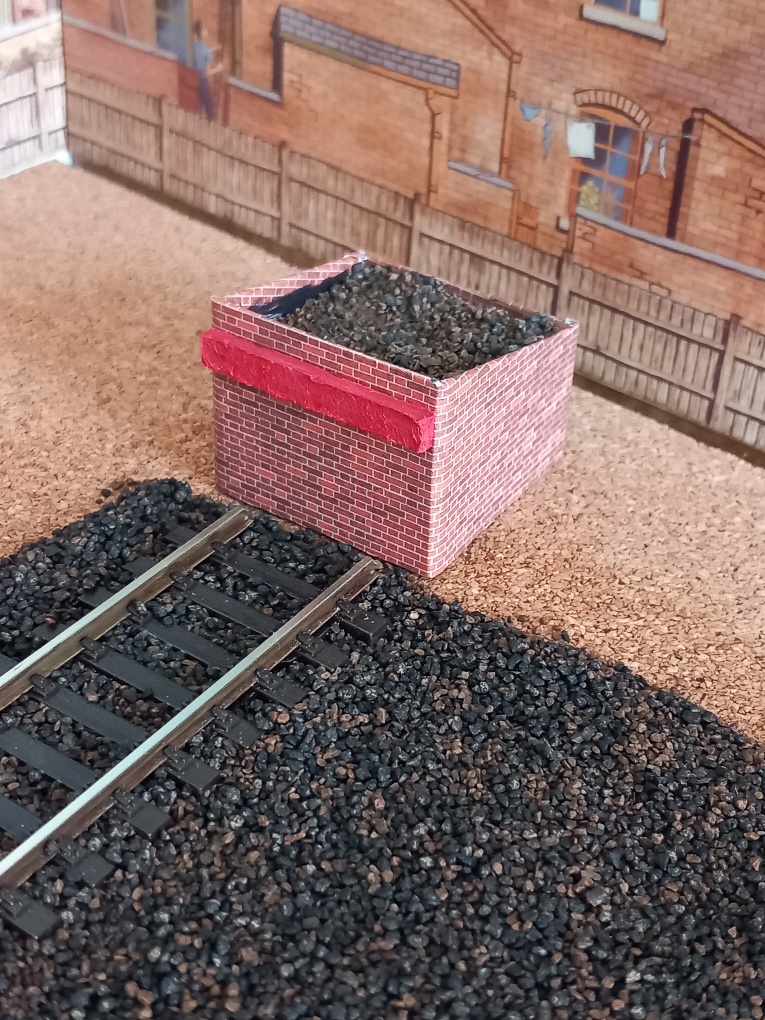
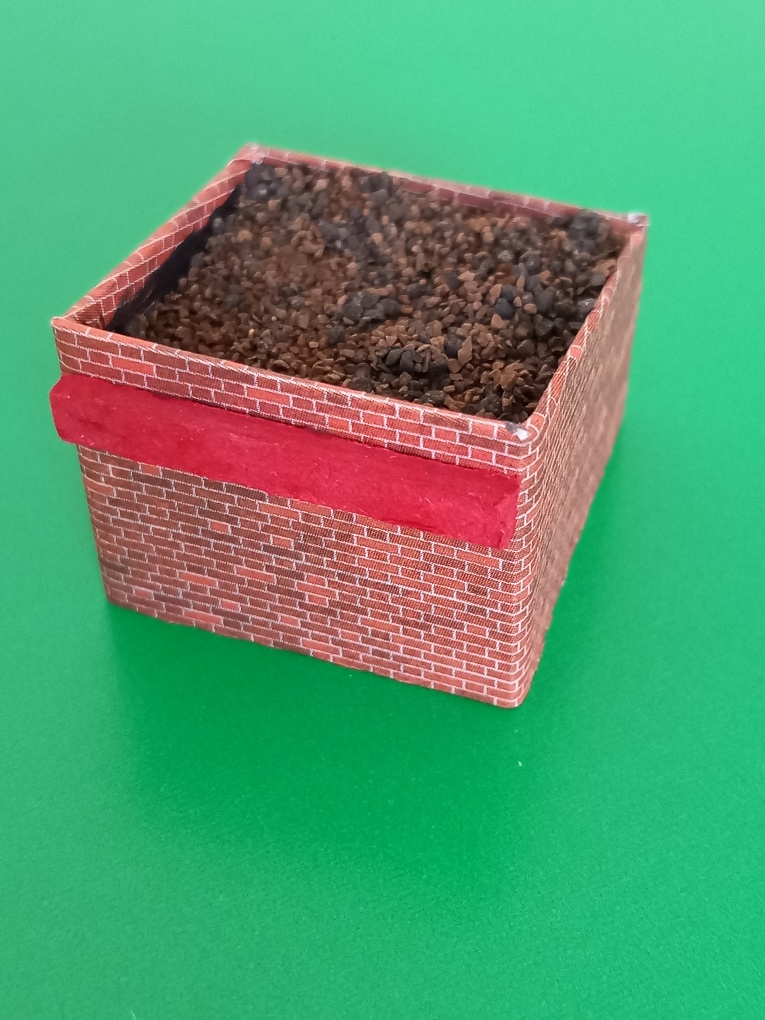
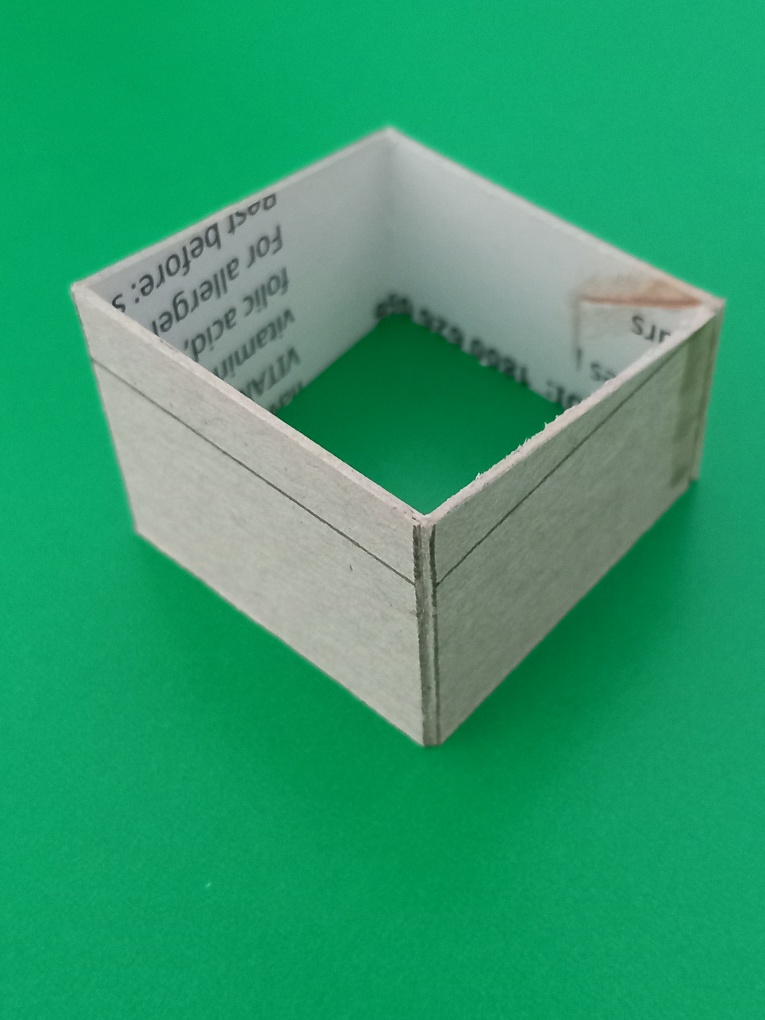
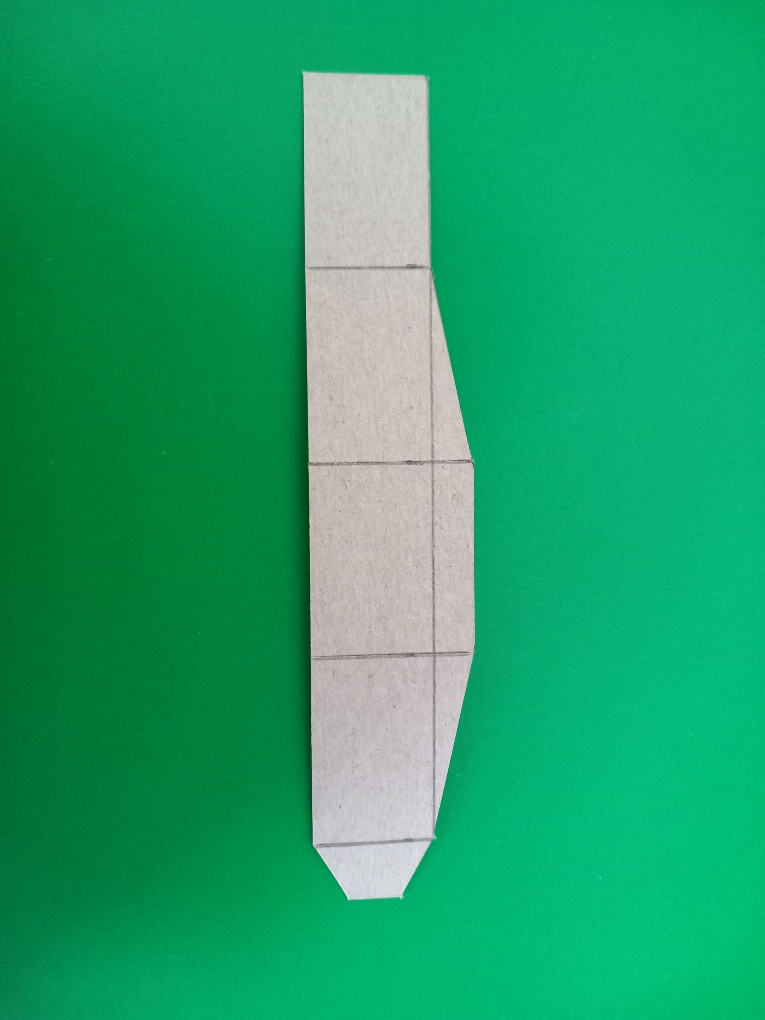
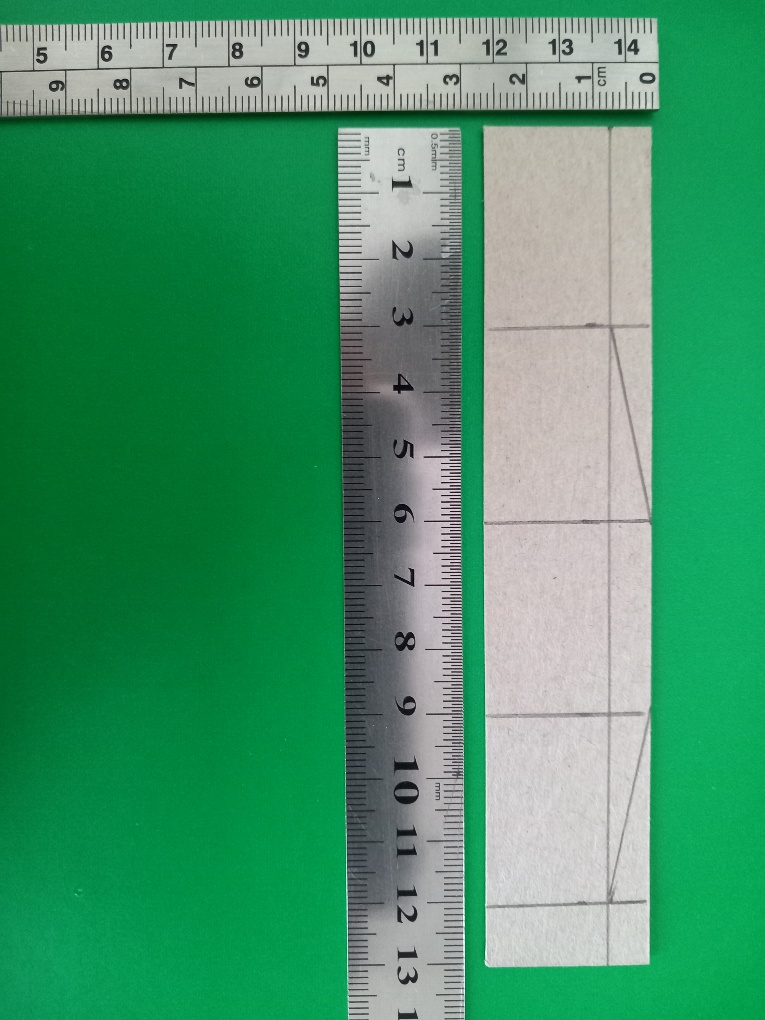
~ James ~
Posted
Full Member
Think about the thickness of brick walls, should be between 6" and 1'. You can laminate differing card thickness to get the width you want.
John
John
Posted
Full Member
At the moment I just have a few sheets of 2mm card and several empty cereal boxes, so will have a look see what I can find in other thicknesses. Might have another shot at the buffer stop later, using the 2mm card.
~ James ~
Posted
Full Member
At the moment I just have a few sheets of 2mm card and several empty cereal boxes, so will have a look see what I can find in other thicknesses. Might have another shot at the bufferstop later, using the 2mm card.
~ James ~
Posted
Full Member
As John said, think about the wall thickness and select/laminate your card to match.
When doing brick overlays - or in fact, any "coursed" overlays, make sure the courses match both inside and out. From your picture, you've folded the paper over on the angle which makes the inside courses run downwards. Use 2 pieces of paper - 1 for the outside and repeat on the inside so the courses are all correct. Finally, once you've done the main brick parts, you need something like a "soldier course" to finish off the top edge, or. as was often the case, some separately applied coping stones. That would finish it off very neatly and avoid any "unusual" coursing of the bricks.
'Petermac
Posted
Full Member
I think the most common would be sleeper built with used ballast as infill:
Track Fittings
The reason? Used sleepers and ballast are essentially free to the railway. Making a pretty brick buffer stop requires bringing in a contractor.
If you don't want to buy one, get some basswood strips 3.5mm x 2mm, equivalent to 10" x 6" and make it that way. Or use plastic card like this:
2mm thick. Scribe* lines 3.5mm apart. You need the cutter linked below because it gives a V shaped groove. Before cutting, get some medium/coarse sandpaper and drag it lengthwise to simulate grain. Cut the sleeper strips and assemble. Maybe use scrap plastic at the back to reinforce. Make a floor. Paint a grotty wood colour, look at sleeper pictures. Add your ballast.
The lesson here is to search Google when you want to build something.
John
*OLFA PC-L Plastic and Laminate Cutter - OLFA.com
John
1 guest and 0 members have just viewed this.

